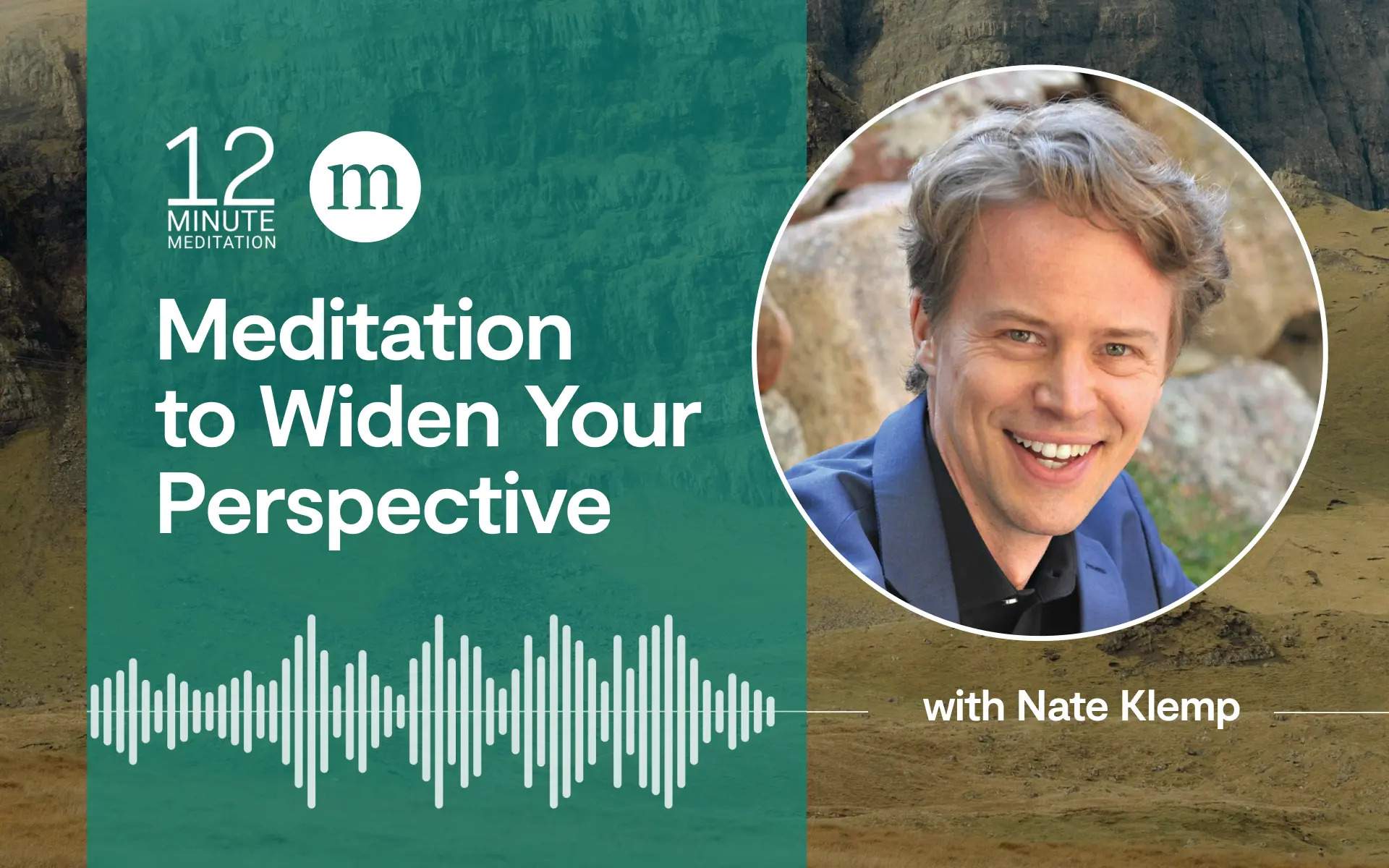In Maurice Sendak’s classic Where the Wild Things Are, young Max’s bedroom transforms into a jungle filled with wild things who roar and bare their teeth and menace with their claws. He tames them into stillness and they become his friends. Having journeyed to where the wild things are, Max returns to his room to enjoy a nice hot meal. A delightful round trip.
Generations of children and the adults reading it to them (it’s 55 years old now!) have reveled in this miniature version of the hero’s journey—at least partially because it is a great metaphor for the mind.
The mind is indeed where the wild things are. It contains our fears for the future and the future of those we love, our regrets and shame stored up from the past, our confusion about who we are and who we ought to be, our anger with the ogres of the world, our annoyance with people who just aren’t fitting into our version of how they ought to be, and our annoyance at being so petty in trying to fit people into boxes. (Who do we think we are?) All that and much more lurks in the mind.
When Should I Meditate?
In mindfulness meditation we find ourselves alone, with all the wild things jumping out from behind the bushes in our psyche. With steadiness and encouragement, we can see the monsters as just thoughts—workable and tamable—as in Max’s little story. We may even feel emboldened to go deeper with this exploration and do some intensive meditation: for a few days, or a week, or more. We’ll let more of the wild things out to play and see what happens.
If we’re not prepared and don’t have the right kind of context, mindfulness meditation, particularly in intensive doses, may be psychologically unhealthy.
It can get tricky at that point. As professor Willoughby Britton of Brown University has pointed out, if we’re not prepared and don’t have the right kind of context, mindfulness meditation, particularly in intensive doses, may be psychologically unhealthy. It may unleash the wild things to a degree that may overwhelm us. Few people report such problems with daily doses of meditation and simple techniques to bring us back to the present, but there are cautionary tales of meditators who thought they would tame their wild mind once and for all in a heroic mindfulness intensive. When it went bad, they never returned to meditating.
Mindfulness Isn’t a Quick Fix
Trying too hard is just that: trying. It pays to take it easy, particularly if we’re not taking it easy most of the time. Meditation is not a pill, with automatic results. How well it works depends on a lot of factors, one of which is our wellness to begin with.
Let’s face it. Our daily life may not be providing us with the most psychologically healthy environment. The fevered pitch that so many of us are asked to operate at—by employers, loved ones, our own inner critic and taskmaster—can truly exhaust us and deplete our physical and emotional resources. When I asked several mood disorder specialists who also teach mindfulness if they thought a meditation intensive was a good idea if you’re deeply stressed and burned out, their answer was emphatically no: When you’re that depleted, you need rest, pleasure, companionship, ease. Take time off, and leave the retreat for a time when you’re rested and ready to go exploring in your inner jungle.
read more
Tune In to Your Body With This 10-Minute Body Scan Meditation
Explore this guided practice to calm your mind, notice sensations in the body, and bring awareness to the present moment.
Read More
A Guided Walking Meditation to Savor the Day
This short walking meditation from Jon Kabat-Zinn encourages you to embracing mindful awareness with every footfall.
Read More
The Science and Practice of Staying Present Through Difficult Times
Research suggests that when we turn towards pain and discomfort, we can experience less of it. Plus, Ed Halliwell offers a guided meditation for being mindful when things get tough.
Read More









